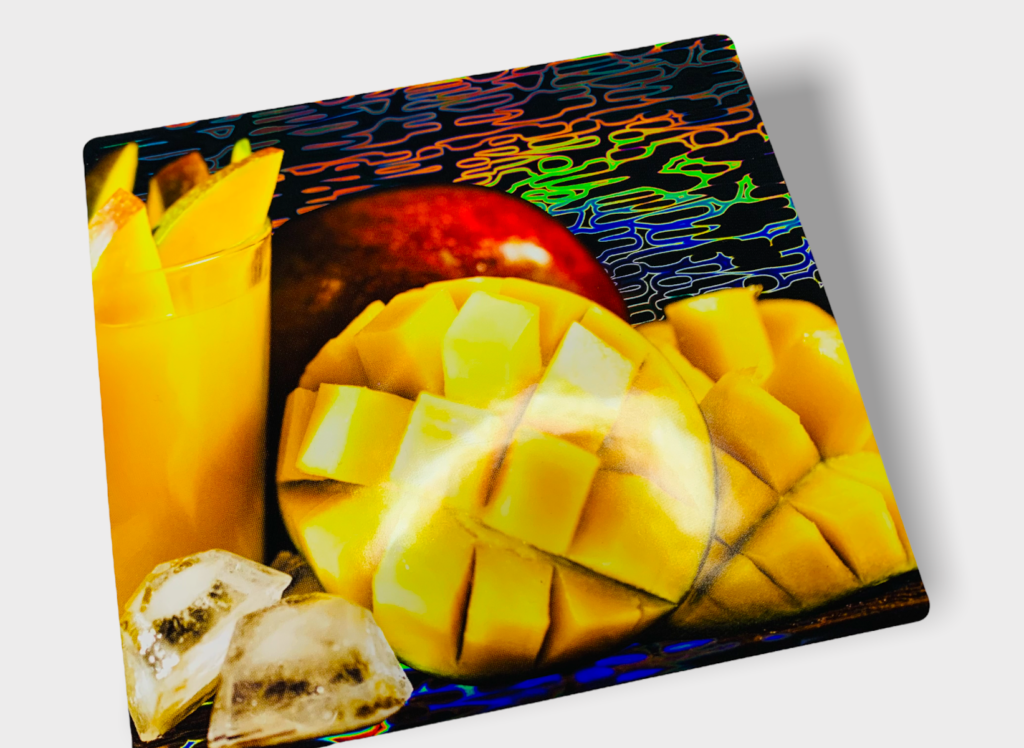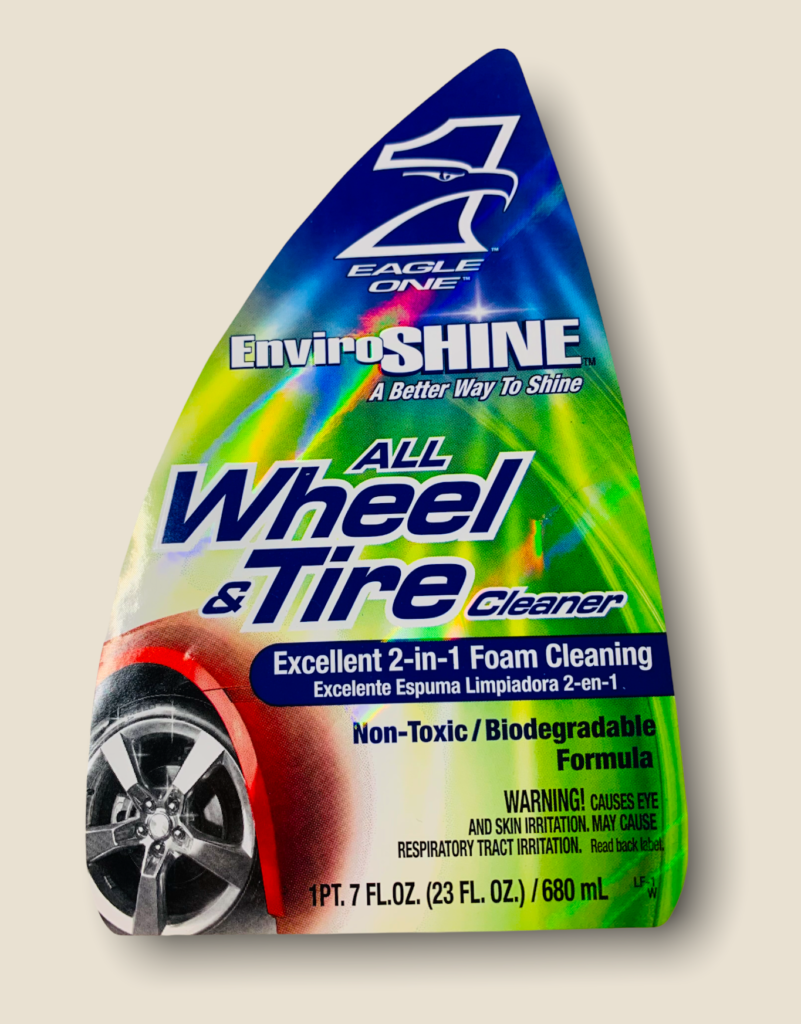Excerpted from Label and Narrow Web magazine, March 2022


Cast-and-cure holography applied to a basic spray bottle label elevates the design and adds eye-catching elements.
With SKU proliferation and an explosion of new brands now reaching the marketplace, metallic and special effects lead the way in the high stakes game of standing out on the store shelf.
According to Tim Cain, President of Breit Technologies, before using any type of specialty effects, brand owners and designers should ask themselves which effect will most likely attract their target market, what enhancements are being used by competitors, and if the enhancement will engage their target audience or just confuse them.
Of course, utilizing illuminating graphics does not mean sacrificing recyclability.
“Since casting film can be reused up to a dozen times (and sometimes even more), there’s a significant cost savings in terms of the amount of film needed for any given job. Less film means less money spent on shipping fees and warehousing,” explains Cain.
“Moreover, the cast-and-cure process does not use any adhesives or metals, so it won’t affect the recyclability of the label,” says Cain. “That’s great news for brand owners following a corporate sustainability strategy.”
How to Begin
When brand owners approach Breit with a project, the company first asks them to describe what they are hoping to achieve. If their needs can be met with one of their many stock patterns, then Breit will supply them with proofs that showcase a few different patterns so they can visualize how the pattern will appear on the printed label.
If instead they’re looking for a unique holographic design or wish to embed an invisible security feature into a hologram to protect the product against counterfeiting, “we’ll work with them to develop the custom design,” says Cain. Once the design is approved, Breit provides a sample mockup that shows how the label will appear once printed.
When first working with Cast and Cure™, making sure that the presses can run the film is also important, so Breit provides customers with sample film rolls so label printers can test it on their presses before starting the job.
No Wrong Way to Use Holography
Of course, designing for holography can be tricky. Holographic metallized PET (H-MPET) requires designing multiple opaque ink layers to mask those areas of the printed piece where the holography should not bleed through. Since Cast and Cure™ is applied as a clear varnish, the designer needs to only create a spot varnish layer.
“Although bold, solid color backgrounds showcase cast-and-cure holographic effects the best, it can also be used to create the illusion of movement over photographs and busy backgrounds,” says Cain. “Ultimately, however, there is no wrong way to use cast-and-cure holography or textured effects.”
Product Selection
As well as offering more than 30 stock holographic patterns, including matte, high gloss, leather, and linen textures, Breit offers a wide range of cast-and-cure equipment. Breit can also create custom holograms or can modify an existing pattern to meet a customer’s needs.
Breit is also collaborating with another company to develop Cast and Cure™ for monochrome inkjet printers. According to Cain, this will allow for a variable varnish application so unique security features, names, etc. can be applied to individual printed pieces.
Whatever type of special effects a brand owner or designer chooses to apply, rest assured that specialty coating suppliers such as Breit Technologies will be there to provide the resources needed to better convey brand messaging and help increase in-store sales.
To read the unedited LNW article, click here.

